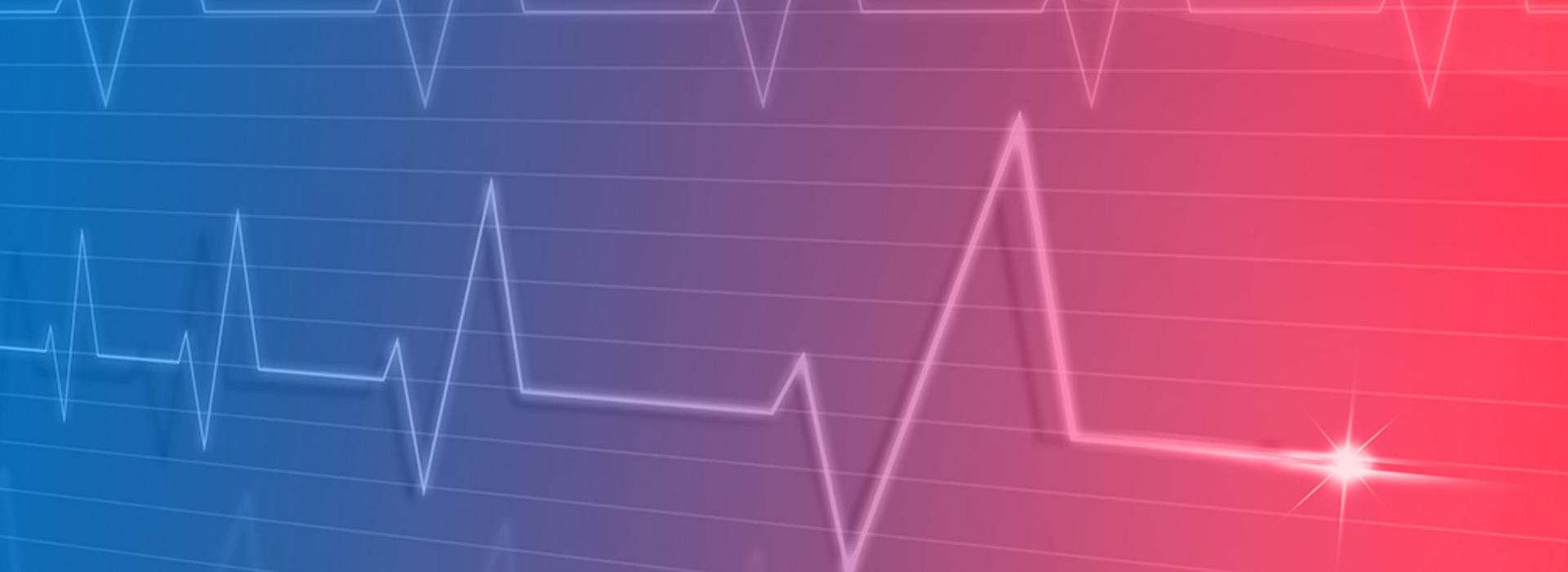
U of M Faculty Employs ECMO to Support Severe COVID-19 Patients
Extracorporeal membrane oxygenation (ECMO) treatments primarily help patients with reversible acute injuries or illnesses who need cardiac or respiratory support. The ECMO device offers short-term support in order to enable the heart or lungs to recover while other interventions are put into place—and it’s already saved two lives from COVID-19.
“We have had a long history here at the University of Minnesota Medical School with ECMO in different forms, dating all the way back to the 1940s,” said Melissa Brunsvold, MD, medical director of the ECMO program at the Medical School.
In addition to leading the ECMO program, Dr. Brunsvold is an associate professor in the Department of Surgery, program director of the General Surgery Residency and clinical director of the M Simulation Center. Having trained at the University of Michigan, a center for ECMO, Dr. Brunsvold comes with a surplus of experience in this treatment method.
In 2011, Dr. Brunsvold and her team at the University of Minnesota Medical School made a concerted effort to promote and develop the use of ECMO not only for cardiology patients but also respiratory patients. Building on the ECMO infrastructure that already existed, Dr. Brunsvold and her team improved their delivery model and formally established a program using ECMO to treat patients with pneumonia and other illnesses or injuries that result in respiratory failure. Under her leadership, the program produces better patient outcomes than even the national benchmarks for ECMO usage. It is notably one of only 16 institutions in the world designated as a “Platinum Level” Center of Excellence by the Extracorporeal Life Support Organization.
“The ECMO device provides us an opportunity to allow the patients’ lungs to heal in cases of severe pneumonia, blood clots in the lung or inability to receive enough oxygen,” Dr. Brunsvold said.
Since the program began, it has been afforded the ability to offer treatment to more patients, growing from its original capacity in 2010 to support all of four adult patients to, now, supporting over 200. The team has developed partnerships with other medical directors in the community and local hospitals, including the Hennepin County Medical Center, M Health Fairview University of Minnesota Masonic Children's Hospital and Abbott Northwestern Hospitals, to cultivate a database for research, ethics principles and protocols surrounding ECMO use.
Today, Dr. Brunsvold and her team have found a new and timely use for the ECMO device—treating severe COVID-19 patients.
“When we saw our first COVID-19 patient admitted to the hospital, they were experiencing extreme difficulty breathing,” Dr. Brunsvold said. “We decided that using ECMO for their respiratory failure seemed like an effective intervention after having poor responses to the mechanical ventilators.”
Since the beginning of the pandemic, the Medical School’s ECMO program has successfully treated two extreme cases of COVID-19 with the ECMO device. One case was a renowned musician and the other, a top athlete—an ironman. These two Minnesotans are now in full recovery.
“These patients are coming into the emergency room short of breath. They are given a breathing tube and a ventilator to try to improve their breathing. At this time, we often begin seeing their condition deteriorate, and then, ECMO comes into play,” Dr. Brunsvold said. “The ECMO device serves as a sort of fail-safe and rescues them from very low oxygen levels or high pressures in their lungs after using mechanical ventilators.”
She explains that simultaneous with the ECMO treatment, the team works with infectious disease and hematology physicians to provide patients with anti-viral treatments, dialysis to remove fluid from lungs, anti-inflammatory medications, blood thinners and other treatments as needed.
In addition to being a life-saving intervention, using this treatment also means that patients can be awake during the entire process.
“Our positive outcomes with ECMO and COVID-19 patients are a result of less sedation needed, which allows these patients to suffer less delirium, participate in physical therapy, respond to providers, stay stronger and require less rehab,” Dr. Brunsvold said. “We will continue to have ECMO on deck and ready throughout this pandemic.”